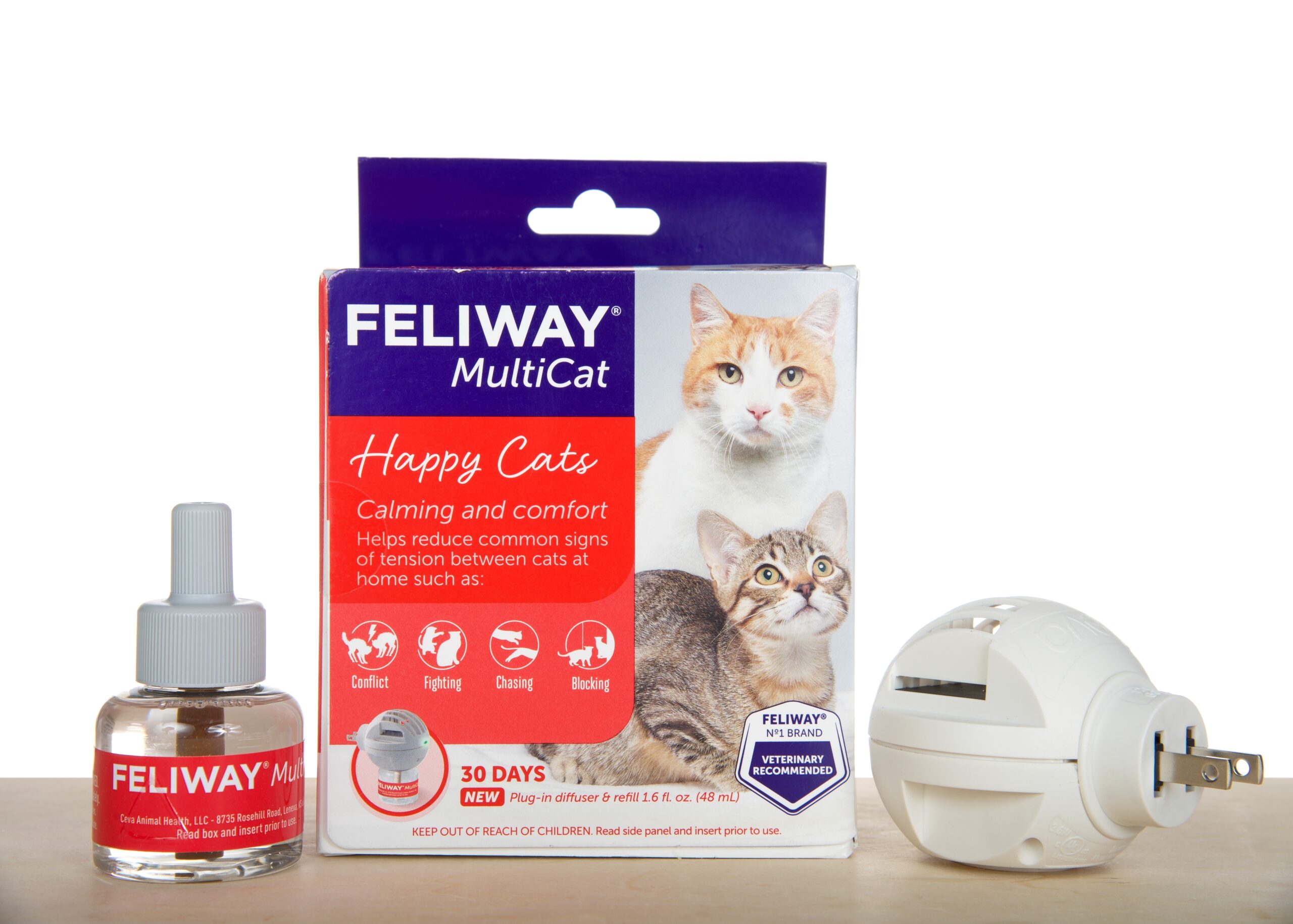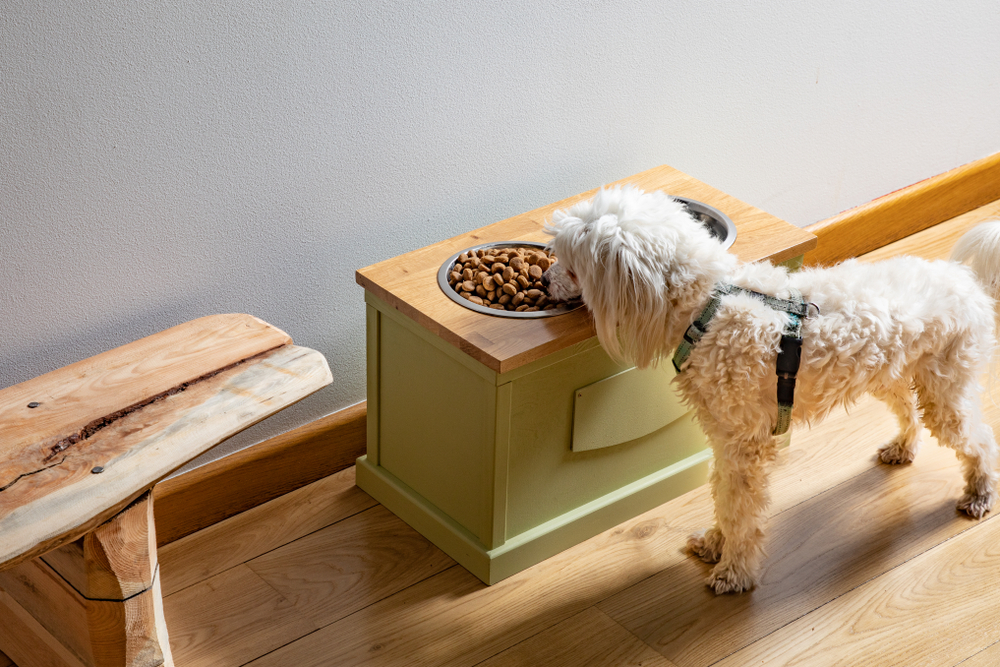Moving into a new home is a big change for your pet, often fraught with anxiety and stress. Whether it’s a playful puppy or a serene cat, adjusting to unfamiliar spaces and scents can be a challenge. As their human, your role is to facilitate this transition and make their new environment feel as welcoming and comforting as possible. Here are 13 clever tricks to help your furry friend settle into their new digs with ease.
1. Introduce Them Gradually to the New Space

When you first bring your pet into a new home, it’s essential to introduce them to each area gradually. Start by confining their exploration to one or two rooms where you spend the most time; this helps establish a safe zone. Gradually expand their access to other parts of the house as they grow more comfortable. This approach minimizes the overwhelming feeling that comes with too much too soon.
Research from the American Veterinary Medical Association highlights the importance of familiarization in stress reduction for pets. By slowly acclimating them to their new environment, you’re helping lower their anxiety levels. Familiar smells, like blankets or toys from your previous home, can also provide comfort. These small steps can make a significant difference in how quickly they adapt.
2. Maintain a Consistent Routine

Pets thrive on routine, and maintaining consistency during a move is crucial. Try to keep feeding times, walks, and play sessions as close to your old schedule as possible. This predictable structure provides a sense of security amidst the chaos of moving. It’s an anchor they can rely on when everything else feels different.
Even the smallest changes in routine can be disorienting for your pet. If you must adjust their schedule, do so gradually to give them time to adapt. Consistency in your behavior is also key — your calm demeanor will reassure them. Remember, stability in daily activities gives your pet confidence that everything is okay.
3. Create a Pet-Friendly Space

Designate a specific area in your new home as your pet’s sanctuary. This space should include their bed, toys, food, and water — basically, all things familiar and comforting. Having a dedicated spot provides them with a retreat where they feel safe and at ease. It’s their little corner of the world amidst all the changes happening around them.
According to animal behaviorists, pets are territorial creatures who find comfort in their own spaces. Establishing a pet-friendly area early on can significantly reduce stress and anxiety. This spot should also be accessible and free from potential hazards. Keep it cozy and filled with items that carry a familiar scent from your previous home.
4. Use Calming Products

Consider using calming products like pheromone diffusers, sprays, or collars to help ease your pet’s anxiety. These products mimic natural calming pheromones and can make the new environment feel less threatening. Situate these products in your pet’s primary resting areas for maximum effect. They’re an excellent tool for pets who are particularly sensitive to change.
Always consult your veterinarian before introducing new products to ensure they’re suitable for your pet. Some pets may respond better to certain products than others, so it might take some experimentation. Additionally, combining these products with a calming routine, like gentle music or massage, can amplify their effects. Remember, the goal is to create a serene environment where your pet feels secure.
5. Keep Their Diet Consistent

Maintaining their regular diet during a move is vital for your pet’s well-being. Changes in diet can lead to digestive issues, adding physical discomfort to emotional stress. Stick to the same food and treats they’re used to, even if you’ve changed your brand or store. This familiarity can be comforting and help maintain their health during the transition.
A study by the University of Illinois found that dietary consistency plays a significant role in managing pet stress. Abrupt changes in food can exacerbate anxiety-related behaviors. If you need to change their diet, do so gradually over a week to avoid upsetting their digestive system. Consistent nutrition is not only about physical health but also emotional stability.
6. Offer Reassuring Attention

Your presence and attention can greatly ease your pet’s transition into a new home. Spend quality time with them, offering plenty of affection and gentle reassurance. This can be as simple as extra cuddle sessions or playing their favorite games. Your affection reinforces their bond with you and assures them that they’re not alone in this new venture.
Be mindful of their cues — some pets might want more attention, while others seek solitude. Respect their individual needs and respond accordingly. Reassuring attention doesn’t mean constant attention; it’s about being present and attentive to their emotional state. Remember, your calm and confident presence is the best comfort you can offer.
7. Provide Plenty of Exercise

Regular exercise is another crucial element in helping your pet adjust to a new home. Physical activity helps burn off excess energy and reduces stress levels. Take them for walks around the neighborhood to familiarize them with their new surroundings. Exploring the local parks can provide them with exciting new stimuli, keeping their minds engaged.
According to the American Kennel Club, exercise is not only beneficial for physical health but also plays a vital role in behavioral well-being. A well-exercised pet is less likely to exhibit stress-related behaviors such as chewing or barking. Tailor exercise routines to your pet’s age, breed, and energy level to keep them happy and healthy. Regular activity ensures that both you and your pet settle into your new environment with ease.
8. Be Patient and Understanding

Every pet is unique and will adapt to a new home at their own pace. Some may adjust quickly, while others may take longer to feel comfortable. Patience is key in this process, as forcing them to adapt too quickly can increase their anxiety. Allow them time to explore and settle in at their own speed.
Recognize the small victories, like when they start exploring a new room or eating well in the new space. Celebrate these moments and offer praise when they show positive behavior. Your understanding and support make the transition smoother for them. Remember, your empathy is just as crucial as any practical steps you take.
9. Avoid Major Changes Soon After the Move

Try to avoid introducing any other major changes in your pet’s life immediately after a move. This means delaying new training routines or the introduction of a new pet. Too many changes at once can overwhelm them, leading to increased stress and anxiety. Give them time to settle into one new environment before adding more variables.
If changes are unavoidable, introduce them gradually and with plenty of positive reinforcement. For example, if you’re planning on getting another pet, allow time for your first pet to adjust to the new home first. Once they’re comfortable, slowly introduce the new companion. Your aim is to create a stable and secure environment before shaking things up again.
10. Foster Familiarity with Scents

Scents play a significant role in how pets perceive their environment. Bring along familiar-smelling items from your old home, such as blankets or toys, to your new place. These items can provide a comforting and familiar scent that helps ease their transition. Consider letting them sleep with these items to reinforce their sense of security.
Pets, particularly dogs and cats, have a highly developed sense of smell that they use to understand the world. Familiar scents can remind them of their previous home, providing a sense of continuity in the face of change. You might also try wearing an old t-shirt so they can carry your scent with them. These olfactory cues help your pet establish a connection between the old home and the new one.
11. Monitor Their Health

Keep an eye on your pet’s health throughout the moving process. Stress can manifest in physical symptoms like changes in appetite, lethargy, or digestive issues. Regular check-ins with your veterinarian can help ensure they’re adapting well. It’s also a good time to update your vet with your new address and any changes in contact information.
If you notice any concerning changes in behavior or health, consult your vet immediately. They can help determine if these changes are due to stress or something more serious. Monitoring their health is as important as any other aspect of their transition. Your vigilance ensures that they remain healthy and happy as they settle into their new home.
12. Engage Them in New Activities

Introducing new activities can be an excellent way to help your pet adapt to their new environment. Consider enrolling in a local training class or playing new games in your backyard. These activities can stimulate their mind and build positive associations with their new surroundings. It’s all about turning unfamiliar spaces into exciting opportunities for play and learning.
Engaging in activities together also strengthens your bond, reinforcing the idea that their new home is a safe and enjoyable place. Try to balance new activities with familiar routines to keep their stress levels low. Observe how they respond to these new experiences and adjust accordingly. Remember, the goal is to create a healthy mix of excitement and comfort.
13. Stay Positive and Reassure Them

Your attitude during the move can significantly influence your pet’s perception of their new home. Stay positive and offer reassurance when they seem anxious or unsure. Your calm demeanor can help set the tone for how they perceive their new environment. Pets often look to their humans for cues on how to react in unfamiliar situations.
Extend your positive energy through your tone of voice, body language, and actions. Reassure them with kind words and gestures when they approach new areas or objects. Your outlook can foster a sense of safety and security, making the transition smoother. Ultimately, your positivity is a powerful tool in helping your pet embrace their new home.
